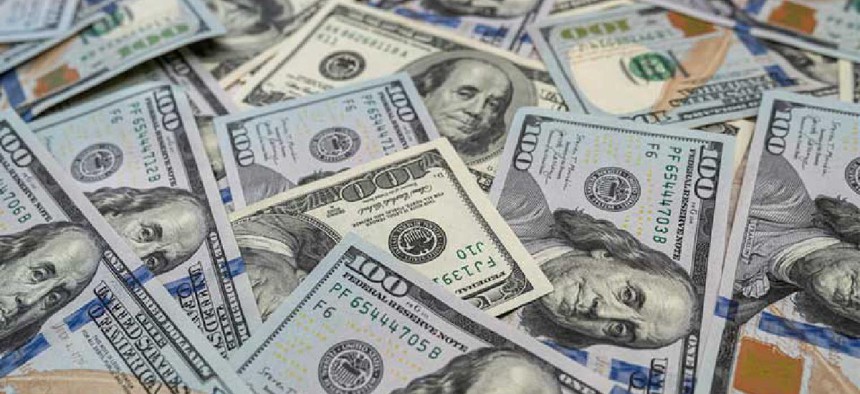BEP seeks machine-readable counterfeit detection


Connecting state and local government leaders
The Bureau of Engraving and Printing is looking for new ways to integrate machine-readable features into future versions of U.S. currency that could be used to detect and deter counterfeiting.
The Bureau of Engraving and Printing is looking for new ways to integrate machine-readable features into future versions of U.S. currency that could be used to detect and deter counterfeiting.
BEP wants novel and innovative systems incorporating or applied to a banknote that not only are hard to identify even by subject matter experts, but also difficult to explain how the measures work, the bureau said in a July 22 request for information. Any feature, once incorporated into the currency, should be readable only by a sensitive, stand-alone detection system and be resistant to simulation or duplication.
The Bureau said it will only consider technologies, materials and detection systems that have already been demonstrated – as proofs of concept or lab prototypes, for example. Materials and technologies will be reviewed for their relative effectiveness as security features as well as for their compatibility with the bureau’s design and production factors, durability standards and environmental acceptability.
The $100 note, redesigned in 2013, features a 3D security ribbon, which when tilted changes a strip of decorative bells into a column of 100s. The numeral 100 in the low right corner and the inkwell to Franklin’s right change color (from copper to green) when the bill is tilted. The bill also features a portrait watermark, an embedded security thread, raised printing and microtext, according to a 2021 guide for bank tellers from the Federal Reserve’s Currency Education Program.
Money-counting machines often have ultraviolet, magnetic and infrared detectors. Less common security technologies use color image sensing and measure thickness, metal thread coding, watermarks, paper composition and other features, according to Carnation, a cash counting firm. Large amounts of counterfeit currency are sometimes even detectable by scent.
Responses are due Aug. 31. Read the full RFI here.
NEXT STORY: Detecting, blocking grid cyberattacks




